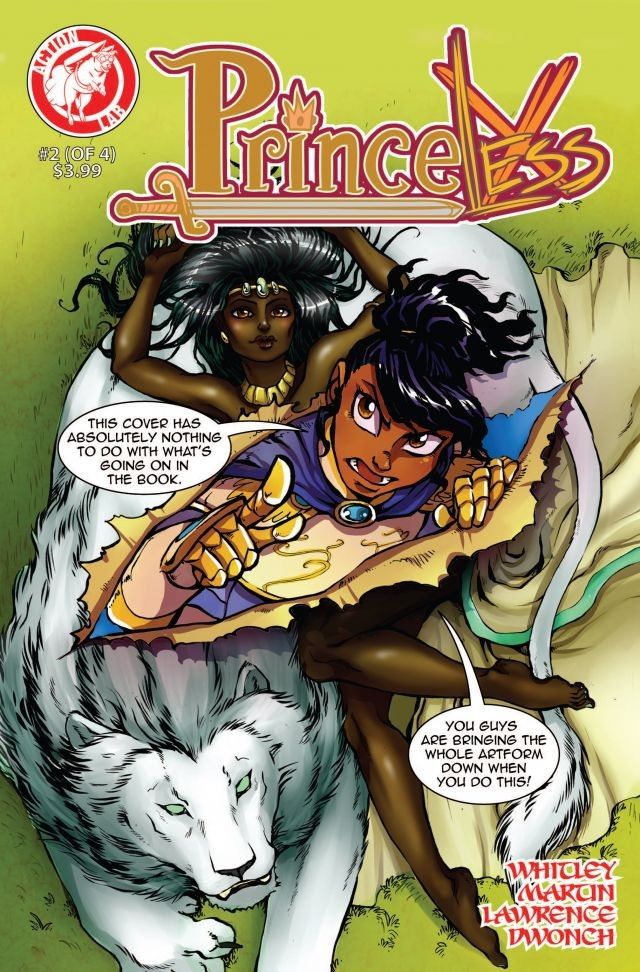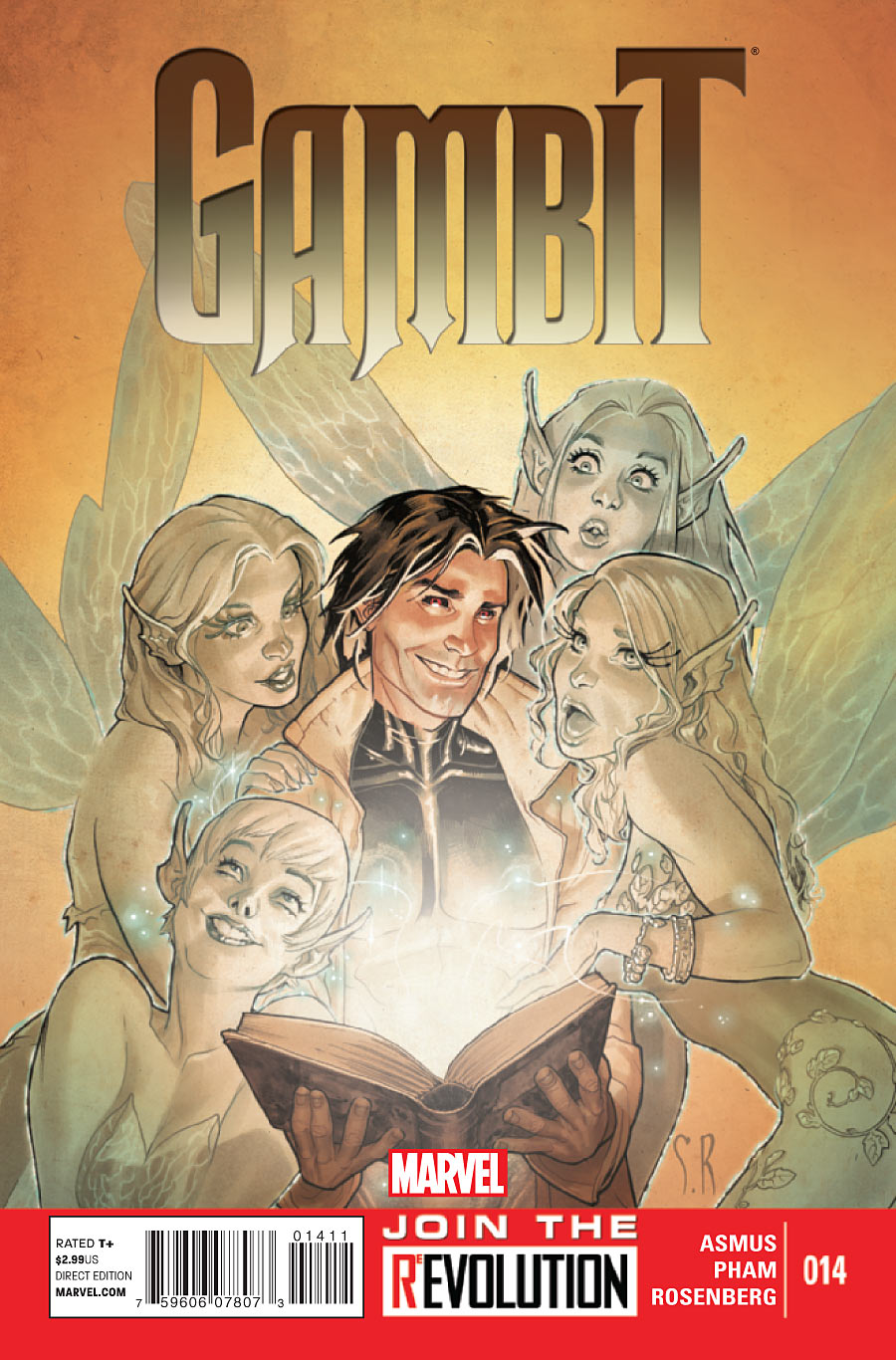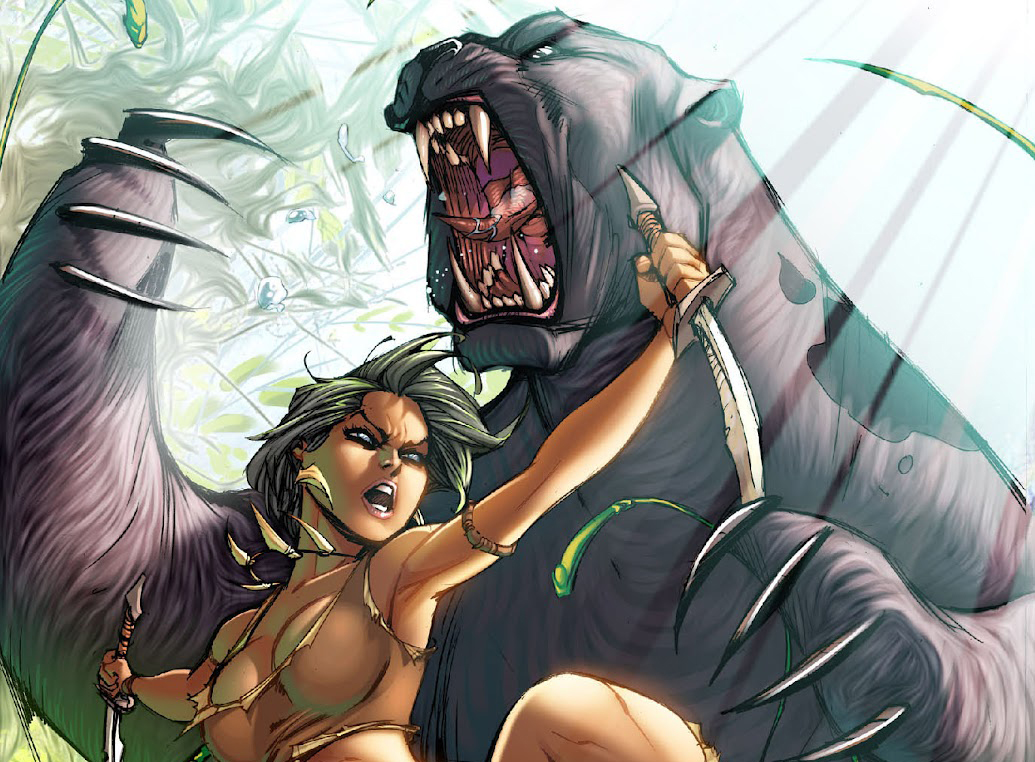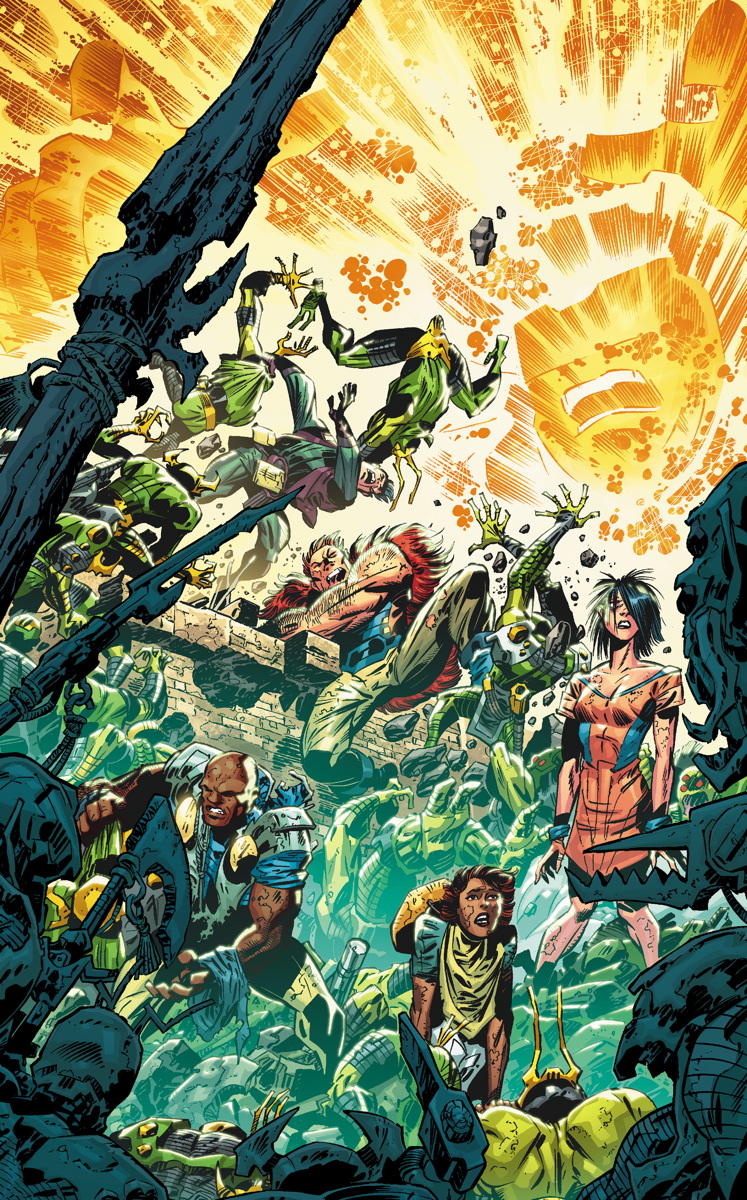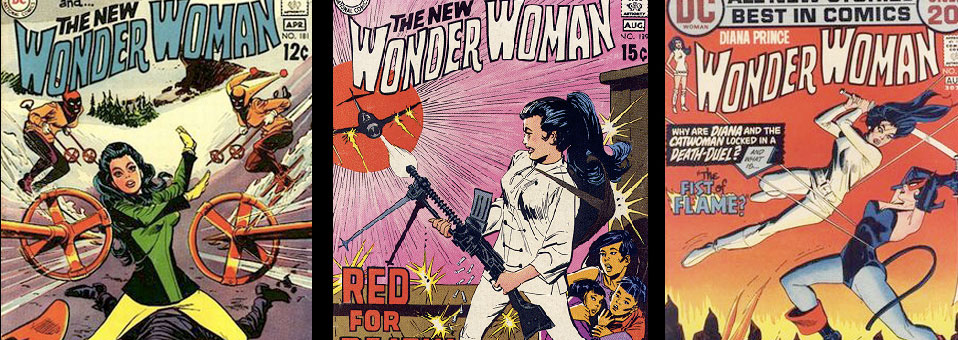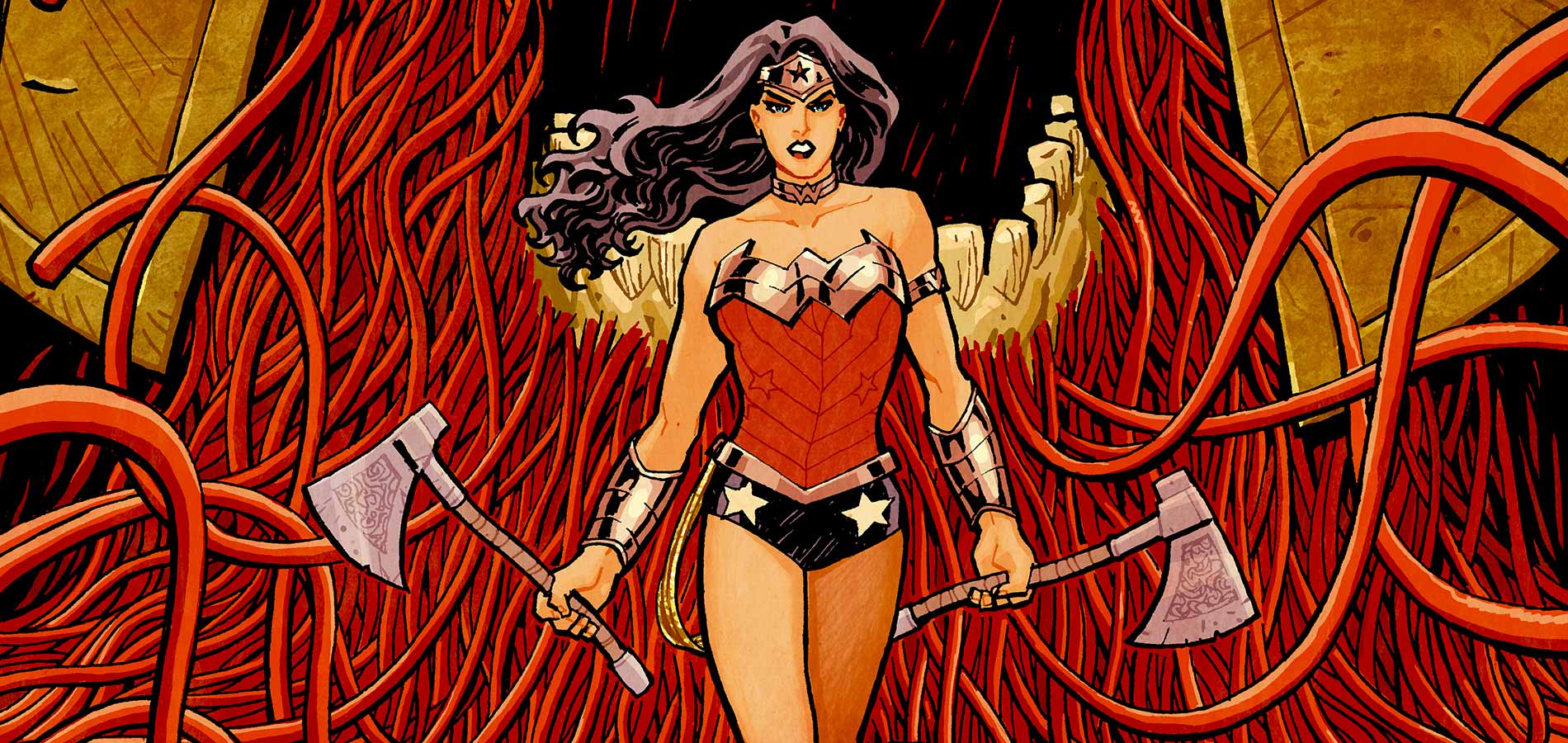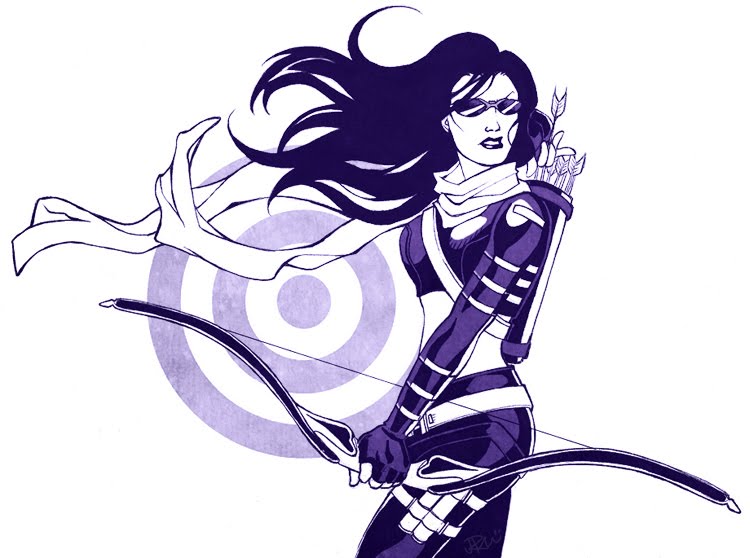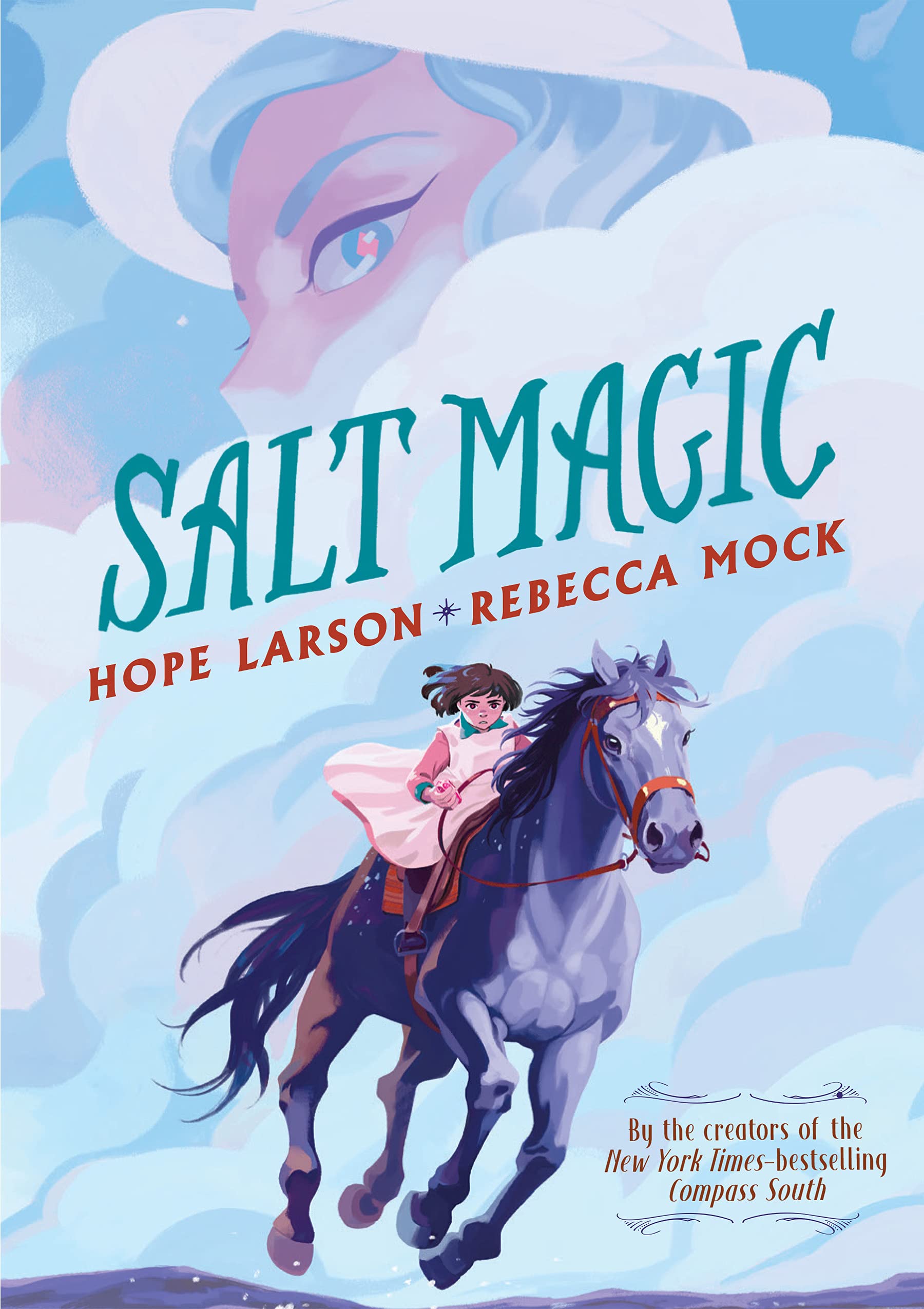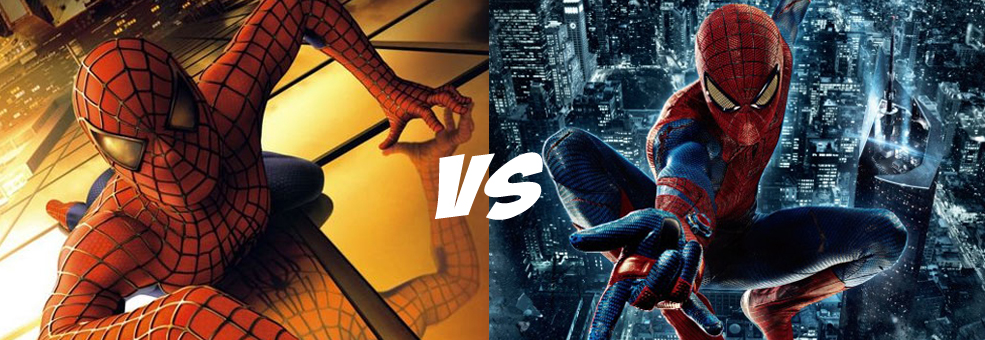As we wrap up Princeless Month over here at Talking Comics, it is important for us to sit down and remember how important artwork it to a story. Art is the first impression, and, as is the case for me, the deciding factor on sticking it out with a story. In Princeless‘s case, the art and story work in perfect harmony, each building each other up to tell a wonderful narrative. Emily Martin is an essential part of that harmony.
Emily’s work in volume 2 of Princeless kicked the series to the next level with her comical antics, playful facial expressions, and dedication to promoting diversity in the book. She is a woman after my own heart with her twitter account MegaMoth and her manga collection. Emily shares some insight to working on Princeless, her favorite princess stories (GUYS, she likes Revolutionary Girl Utena <3), recommendations for fans of Princeless, and the future of diversity in comics.
What does Princeless mean to you? Why is it so important to have this story out there for readers?
To me, Princeless is a great story for readers of all ages. It’s a fun fantasy tale with humor, action and drama. It is a comic that kids can share with their parents, or with their friends, or whomever. It’s an important comic for me because it is not only fun to draw, and a comic I love to read, but it also sets itself apart with a few important details. By a simple decision of color and design, Princeless becomes a unique story that allows many more readers to identify with the main characters. It is almost baffling why so many other books are out there that DON’T have the variety that Princeless has in its characters.
I’ve never had an “agenda” when working on Princeless, and I don’t really think much about its importance in the medium (at least more than I normally do when making art). I am usually more focused on bringing the characters to life and telling their story, no matter what color or gender or orientation or race they are–though these things are always very important to the characters themselves. However it is wonderful to see how many people really respond to Princeless for its differences. It’s a great fantasy story on its own, but the simple fact that Adrienne is our hero, and not a “fair damsel in distress,” has really made a difference for our audience and I am very proud of that. Nothing has been more rewarding than the appreciation people show for our book. T hat alone, to me, is indicative of how important the book is, because the readers tell us so. I am happy to provide that kind of variety to them.
How does your creative process with Jeremy work?
Since Jeremy and I live on opposite coasts, there is a lot of telecommuting. Jeremy writes up scripts and then sends them to me via email, or online sharing programs. We go back and forth a bit to clarify things, then I start thumbnails. I send Jeremy scans of the thumbnails for approval, and once approved, I start on the final draft pencils, which are inked on paper, then scanned. The scanned inks are colored by our colorist (who is currently Brett Grunig).
I also will provide character designs from time to time before the first wave of thumbnails goes out. Jeremy describes a pretty solid picture of his characters in their interactions, so usually this process goes pretty smoothly.
Have you seen a change in the comic industry since the publication of Princeless?
To be honest, my exposure to the industry at large is pretty narrow. But I suppose I have seen a lot more variety in the industry, but I can also chalk that up to simply being more involved in mainstream comics than I used to be. A lot of my comic background is pretty much everything but superhero comics–I grew up on Calvin & Hobbes, Asterix, and a lot of manga and indie comics. I did enjoy bits and pieces of the X-Men, especially because of Storm and Rogue.
Anyway, that said, I suppose I have seen a lot more response to comics with female protagonists, and especially a lot more indie comics (such as small press and web comics) get a LOT more recognition than they used to. I wouldn’t trust my own judgement on the medium as a whole, especially since Princeless has been published, but I would like to think that comics have become more diverse in general in recent years.
What is the direction you see the industry going in terms of all-ages comics and diversity? What gives you hope for this growth?
I do see the industry really diverging. With all the successful comic-based films, and so many more people making comics, I think a lot more people are reading them. The demand and response for diverse comics gives me a lot of hope for more variety. The fans of Princeless prove this point to me.
The after-school classes I teach also give me a lot of hope for comics. I have a lot of young creators in these classes, with a lot of amazing stories, which never cease to inspire me. I hope to read their books in the future!
For fans of Princeless, what other stories would you recommend they check out?
Ted Naifeh’s Courtney Crumrin series, as well as his Princess Ugg and Polly and the Pirates. Also, for mid-teen readers and up, I recommend Wendy Pini’s classic Elf Quest. There is also Jeff Smith’s Bone, and Paul Pope’s Battling Boy. Any of the Avatar: The Last Airbender comics, and for young readers, Osamu Tezuka’s Princess Knight. There are tons of comics online, such as Jake Wyatt’s Necropolis, which is a great story about a girl warrior.
What is your favorite Princeless interaction with a fan?
It’s really difficult to choose, since there are so many fantastic Princeless fans out there! Especially the awesome cosplayers (with whom I have not yet had the chance to interact in person). I think my favorite in-person experience was being thanked for the comic while I was in a line at a coffee shop. The fan was a mom, and a coordinator of Denver Comic-Con, whose daughters really loved Princeless.
What was your first comic book that you read?
I can’t remember precisely which one, but it was somewhere between Garfield, Calvin & Hobbes, and Asterix. Calvin & Hobbes is probably the longest-standing favorite of mine.
What is your favorite princess story (besides Princeless!)?
That’s a tough question, but I might have to go with The Princess Bride or The Last Unicorn. The latter isn’t exactly a Princess story, but it’s close enough. Both the film versions and the books are fantastic, and worth checking out for anyone who hasn’t seen them.
As for a more contemporary Princess story, I am very fond of the comic/anime series Revolutionary Girl Utena, which takes a new spin on the classic Prince/Princess story, and addresses gender identity in a pretty profound way. I also love its predecessor, The Rose of Versailles, which (while not directly related) is a great tale of a young girl in France who is raised as a soldier during the decade preceding the French Revolution.
As for non-comic work, there are tons of Princess stories that I love, though too many to name.
Any future projects we should be looking for from you?
I am currently working on an urban-fantasy comic called Otherkinds which I hope to officially debut on the web in July.
You can find Emily online through Tumblr, and Twitter.

